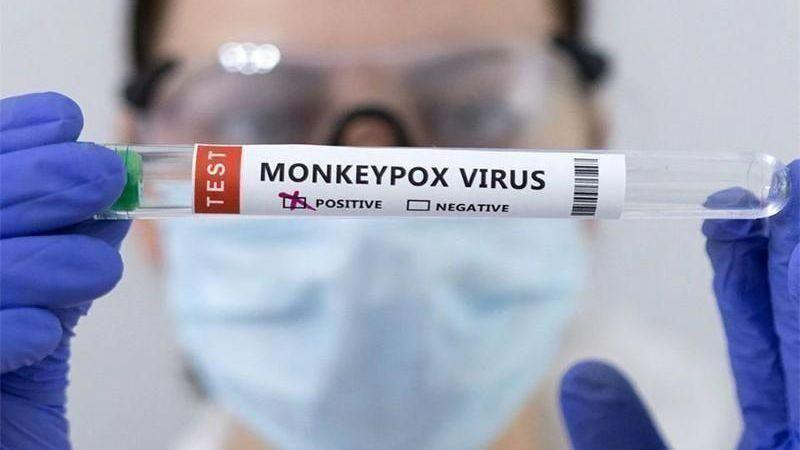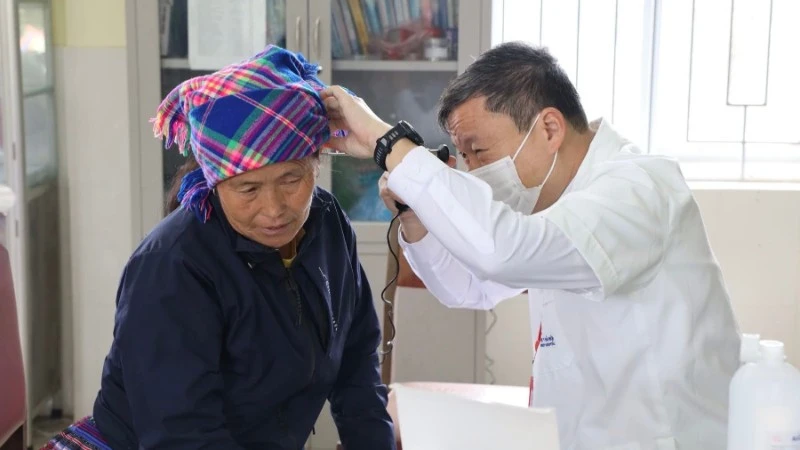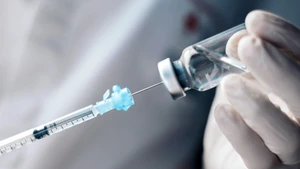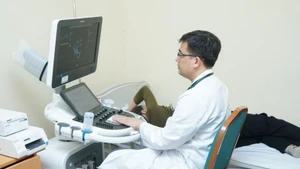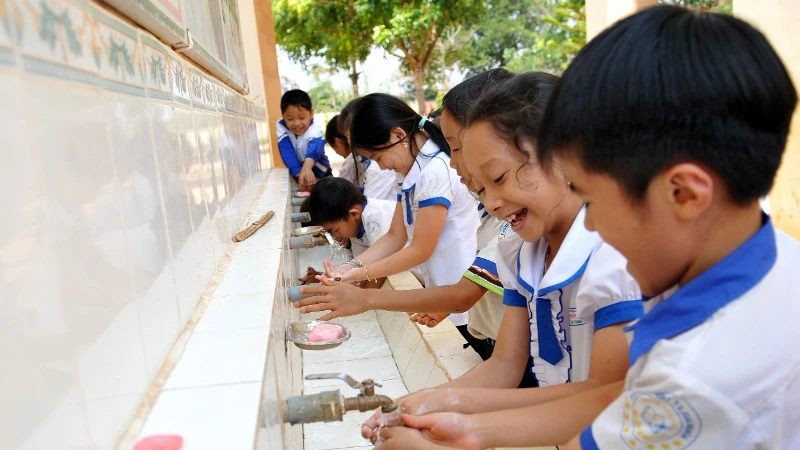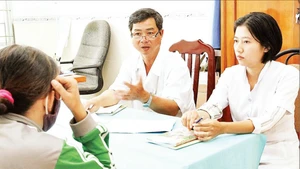The measures include covering nose and mouth when coughing or sneezing, and washing hands often with soap and water or using an alcohol-based hand sanitizer.
Meanwhile, people with an acute rash of unknown cause, accompanied by one or more suspected symptoms, should contact a medical facility for monitoring and counselling. At the same time, it is also necessary for them to self-isolate and avoid sex.
People are advised to avoid close and skin-to-skin contact with monkeypox-infected people and with infected objects and utensils.
People travelling to countries with monkeypox outbreaks should avoid contact with mammals (dead or alive) such as rodents and marsupials as they may contain the virus.
Ensuring food safety, practicing a healthy lifestyle, and increasing physical activities are also recommended.
As of October 3, there were 68,265 monkeypox cases logged in 106 nations worldwide, including 25 deaths.
Monkeypox can be spread from animals to humans and humans to humans, and in some cases cause skin infection, pneumonia, eye problems, and even death. The disease tends to be more severe in children, pregnant women or immunocompromised people.
The incubation period is 5 to 21 days (usually 6 to 13 days). Monkeypox has symptoms similar to smallpox but differs in its systemic skin lesions and enlarged lymph nodes.
The main symptoms are rash and one or more of the following symptoms: 38-degree or higher fever, swollen lymph nodes, headache, muscle pain, back pain, and asthenia.
